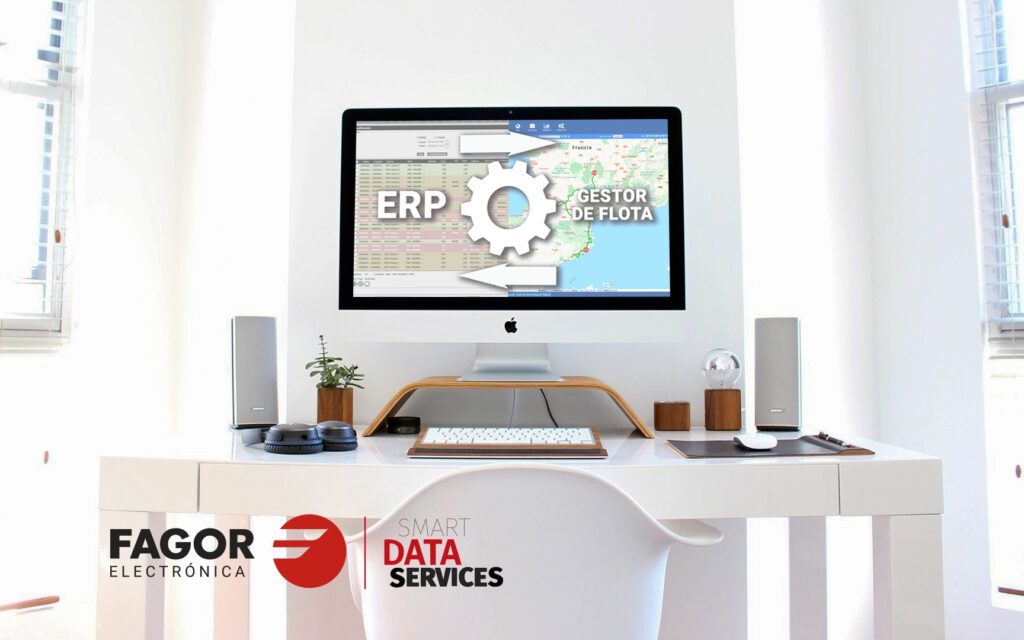Integrating the fleet management system into the ERP allows you to gain in flexibility and adaptation to the needs of each of the moments of the company. With a fleet management system integrated into the ERP, the services can be upgraded to adapt to the needs of the company at any moment. This allows the company to maintain control over the fleet without increasing costs for the company, for example in manual work.
Most companies currently know “on paper” the benefits that a fleet manager can bring them if it is integrated with their ERP. However, in many cases this integration does not take place due to a lack of knowledge how to carry out this integration, because the fleet manager may not be adapted to current needs or simply because of few knowledge of the benefits that this may bring.
Companies that are committed to incorporating technological solutions, and that integrate these into their day-to-day operations, achieve a very appreciable service for the customer. Transport companies are no exception, regardless of the subsector in which they operate. All of them have incorporated technologies into their day-to-day operations that, such as integrated with their ERP, achieve a clear improvement in their service and control of the resources invested in carrying out the service.
The great majority of transport companies work with route optimization tools, whether for last-mile distribution, freight haulage routes or even national or international long-distance transportation. The incorporation of technology is continuous, making companies to depend on them more, realizing that they need to continue developing and improving their fleet management system. Fleet management software, when used correctly, allows a further step towards, for example, route optimization and not just fleet management.
Not all fleet management software is the same, solutions such as FlotasNet allow the client to obtain not only a technologically cutting-edge solution, but also an efficient fleet management, incorporating a fundamental element in the quality of the service offered to the client.
But in order to reach the level of efficiency in the use of the fleet management system, certain steps are needed to be taken, the first of which is the integration of the fleet management system into the customer´s ERP. Integrating with the company´s core ERP allows the customer to access a higher level of transport service performance. Correctly integrated fleet management system facilitates the daily work of the traffic teams, thus reducing or eliminating time spent on unnecessary tasks.
Integrating the fleet management system into the ERP allows you to gain in flexibility and adaptation to the needs of each of the moments of the company. With a fleet management system integrated into the ERP, the services can be upgraded to adapt to the needs of the company at any moment. This allows the company to maintain control over the fleet without increasing costs for the company, for example in manual work.
Another beneficial aspect of integrating the fleet management system into the ERP is related to the costs that this can entail. It is true that this type of integration has an investment cost, but it can be recovered in relatively short period of time, for example, by automatizing manual processes that are carried out in the traffic control teams of a transport company. This automatization generates savings in staff working hours, generating significant economic savings, as well as reducing the work pressure on teams that usually suffer significant workloads in very stressful situations.
How can we monitor this ROI?
Through the control and analysis of the data that the fleet management system generates, which, when integrated into the ERP, allows to obtain much more detailed information, generating all kinds of reports and metrics (KPIs), essential for decision making.
At Fagor Electrónica we understand that integrating a good fleet manager in the client´s ERP helps to have a better and greater control of the fleet, to manage the activity in a more “direct” way from a single point, all of this generating an increase in the quality of the service and a reduction in costs.



